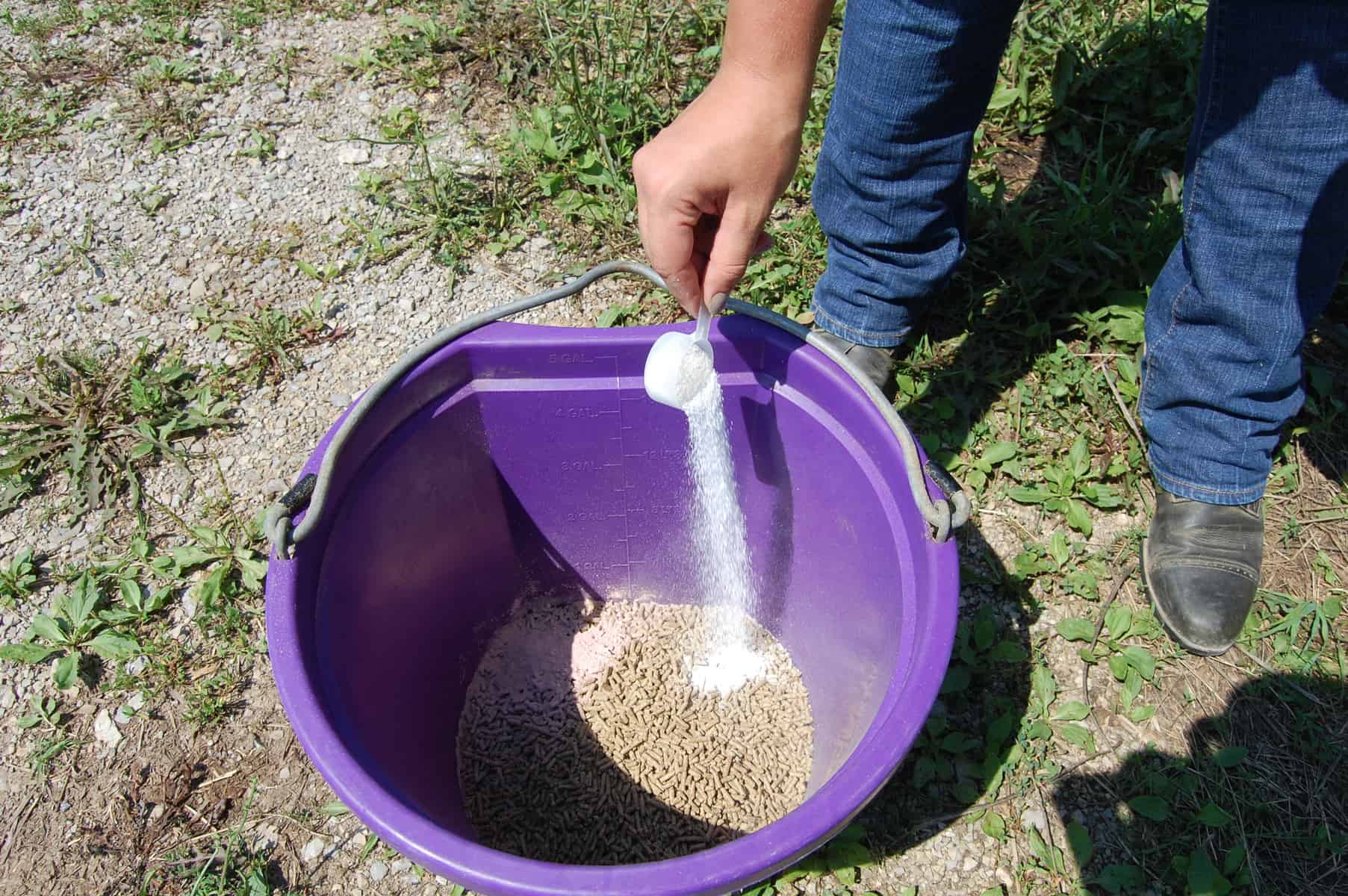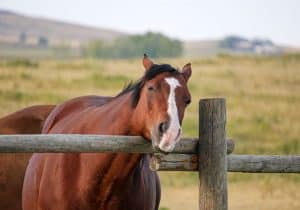Do Hoof Supplements Help?
- Posted by Clair Thunes, PhD

A: When you look at the hoof supplements at your local feed store or do online comparisons you will typically find that they provide sources of zinc, copper, methionine, lysine, biotin, and fatty acids. The reasons why these are typically included in hoof supplements is that each plays a role in healthy hooves.
Lysine and methionine are both essential amino acids (the building blocks of protein). Lysine is most commonly the limiting amino acid in the equine diet. Since hoof horn is made up of a number of keratinized structures—and keratin is a protein—if a diet does not provide adequate lysine then keratin generation might be negatively impacted.
Methionine
The keratin-associated proteins of the hoof contain large numbers of sulfur containing amino acids. Therefore, should a deficiency in sulfur amino acids exist the structural function and strength of the hoof could be compromised. Methionine is an essential amino acid that contains sulfur and can be used to create another sulfur-containing amino acid called cysteine
Create a free account with TheHorse.com to view this content.
TheHorse.com is home to thousands of free articles about horse health care. In order to access some of our exclusive free content, you must be signed into TheHorse.com.
Start your free account today!
Already have an account?
and continue reading.

Written by:
Clair Thunes, PhD
Related Articles
Stay on top of the most recent Horse Health news with
















One Response
Very interesting. Off and on I have fed hoof suppliments and I guess were never sure if they did any good or not. If I told you what I feed could you tell me if there is something else I should be feeding?